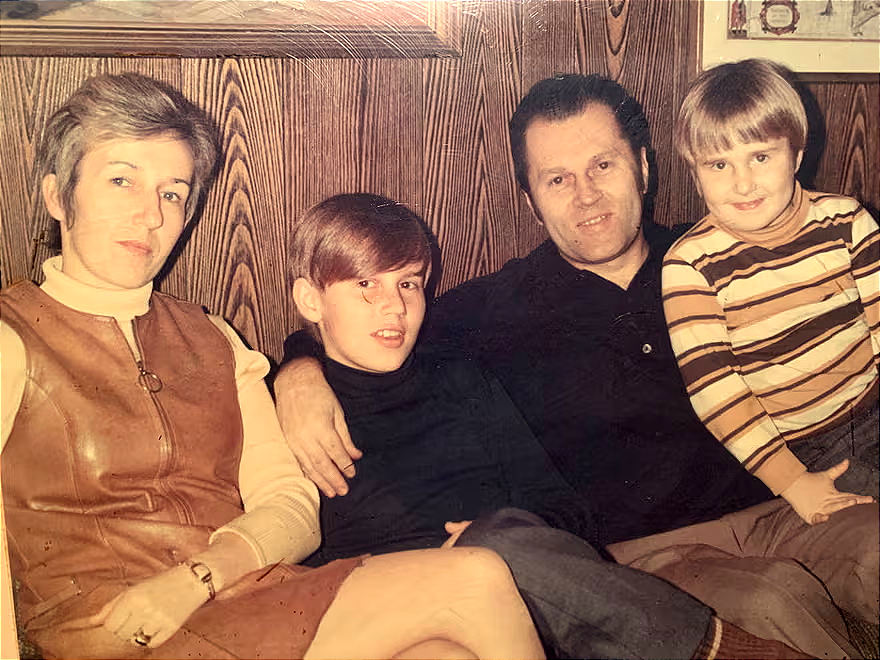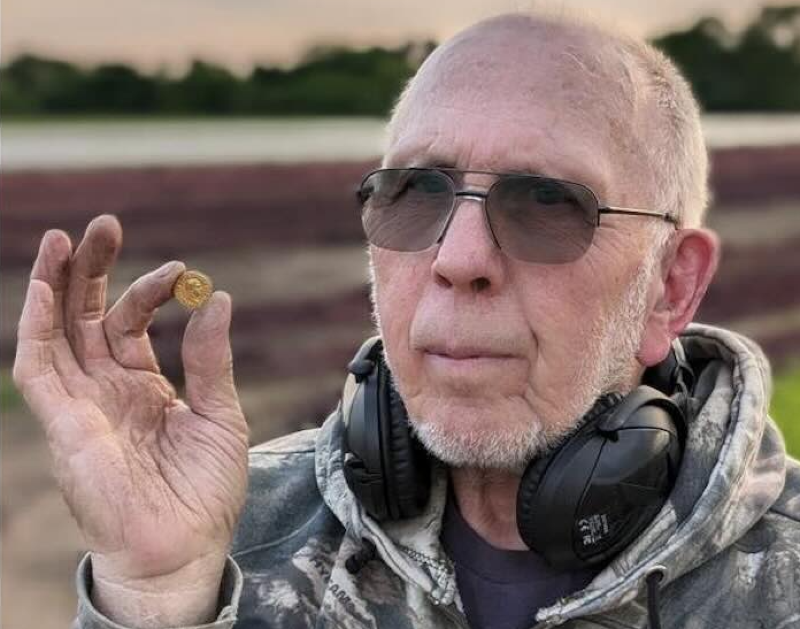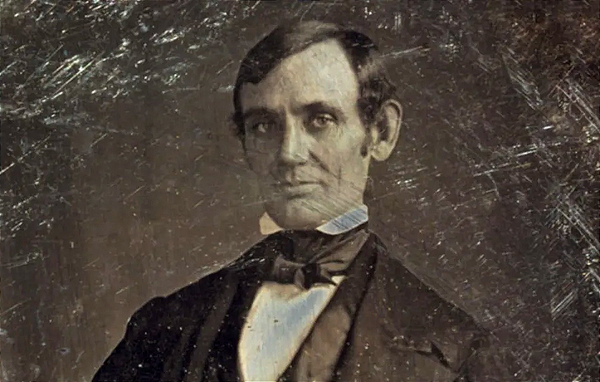His father recruited him to be a deep-cover KGB spy in the US

From The Guardian: "Rudi Herrmann took a deep breath and asked his son Peter to sit down. “I have a story to tell you,” he said. Rudi had been preparing for this conversation for several years, running over the words in his mind. He was about to tell his 16-year-old son that everything Peter thought he knew about their family was a lie. Rudi explained to Peter that what he was about to tell him had to stay secret. He could not discuss it with his friends, and certainly not with Michael, his younger brother. Peter nodded, and Rudi began: “I am not who you think I am. I am not a German, and I’m not called Rudi. I am a Czech man named Dalibor Valoušek, and I work for the Soviet Union, for the KGB.” Rudi came to the most important part of the conversation. “Would you be willing to become an intelligence officer like me?” he asked. Peter’s head was spinning, and he didn’t know what to think or say. But he nodded his assent."
Breakthrough Prize winning physicist says quantum physics is nonsense

From Scientific American: "In the pantheon of modern physics, few figures can match the quiet authority of Gerard ’t Hooft. The Dutch theoretical physicist, now a professor emeritus at Utrecht University in the Netherlands, has spent much of the past half-century reshaping our understanding of the fundamental forces that knit together reality. But ’t Hooft’s unassuming, soft-spoken manner belies his towering scientific stature, which is better revealed by the prodigious numbers of prestigious prizes he has accrued, which include a Nobel Prize, a Wolf Prize, a Franklin Medal, and many more.His latest accolade, announced on April 5, is the most lucrative in all of science: a Special Breakthrough Prize in Fundamental Physics, worth $3 million, in recognition of ’t Hooft’s myriad contributions to physics across his long career. In a conversation with Scientific American, ’t Hooft spoke about his Breakthrough Prize, his optimism for the future of particle physics and his dissatisfaction with quantum mechanics."
76-year-old finds rare Roman coin after 6 years of searching in farmer’s field

From Good News Network: "A gold Roman coin believed to be the first of its kind ever found in Britain fetched thousands at auction after being unearthed by a devoted metal detectorist. Ron Walters finally struck gold after six years of searching the same farmer’s field near Dudley, West Midlands, every spring and autumn when the crops weren’t sown. The retired welder said he stumbled across the rare Roman coin, which dates back to 69AD, on a day when he was almost going to stay home. “I was going to go one Thursday and decided against it. It was my wife who basically told me to ‘bugger off and get out the house for a bit’,” said the 76-year-old grandfather. It is believed to be the first gold aureus of emperor Aulus Vitellius to ever be recorded as a find in the British Isles. The 1,955-year-old coin was auctioned this week by Fieldings Auctioneers and fetched $6,000, which the Kingswinford man will split with the field’s landowner."
Hi everyone! Mathew Ingram here. I am able to continue writing this newsletter in part because of your financial help and support, which you can do either through my Patreon or by upgrading your subscription to a monthly contribution. I enjoy gathering all of these links and sharing them with you, but it does take time, and your support makes it possible for me to do that. I also write a weekly newsletter of technology analysis called The Torment Nexus.
This tropical tree thrives after being struck by lightning

From Science.org: "Growing up to 55 meters tall in the tropical forests of Panama, the almendro tree is a natural lightning rod. And that appears to be a good thing: The millions of volts that course through this species during a strike electrocute parasitic vines and leap from branches, killing nearby trees that might compete for the almendro’s sunlight, researchers report today in New Phytologist. Lightning works in mysterious ways in tropical forests. Unlike in cooler climes, trees don’t scorch, ignite, or explode when struck. Since 2014, scientists have installed several monitoring systems in a patch of forest on Panama’s Barro Colorado Island. The systems can pinpoint the location of a lightning bolt to within fewer than 30 meters. Almendro trees (Dipteryx oleifera) seemed particularly resilient to lightning strikes. All nine that had been struck were practically unscathed, losing only small patches of leaves. In comparison, similarly tall trees of other species took nearly six times as much damage."
These 2,000-year-old mystery mounds in Ohio were built by an ancient civilization

From the BBC: "We stopped when we reached the opening of a turf-topped circle, which was formed by another wall of mounded earth. We were at The Octagon, part of the Hopewell Ceremonial Earthworks, a large network of hand-constructed hills spread throughout central and southern Ohio that were built as many as 2,000 years ago. Indigenous people would come to The Octagon from hundreds of miles away, gathering regularly for shared rituals and worship. All these prehistoric ceremonial earthworks in Ohio were created by what is now called the Hopewell Culture, a network of Native American societies that gathered from as far away as Montana and the Gulf of Mexico between roughly 100 BCE and 500 CE. Their earthworks in Ohio consist of shapes – like circles, squares and octagons – that were often connected to each other. Archaeologists are only now beginning to understand the sophistication of these engineering marvels."
This artist transfers her huge murals to a wall using a VR headset
This artist transfers her wall murals using a VR headset. pic.twitter.com/yenwAdsfsS
— Ifeoma C. N (@__iffff) April 9, 2025
Acknowledgements: I find a lot of these links myself, but I also get some from other newsletters that I rely on as "serendipity engines," such as The Morning News from Rosecrans Baldwin and Andrew Womack, Jodi Ettenberg's Curious About Everything, Dan Lewis's Now I Know, Robert Cottrell and Caroline Crampton's The Browser, Clive Thompson's Linkfest, Noah Brier and Colin Nagy's Why Is This Interesting, Maria Popova's The Marginalian, Sheehan Quirke AKA The Cultural Tutor, the Smithsonian magazine, and JSTOR Daily. If you come across something interesting that you think should be included here, please feel free to email me at mathew @ mathewingram dot com



